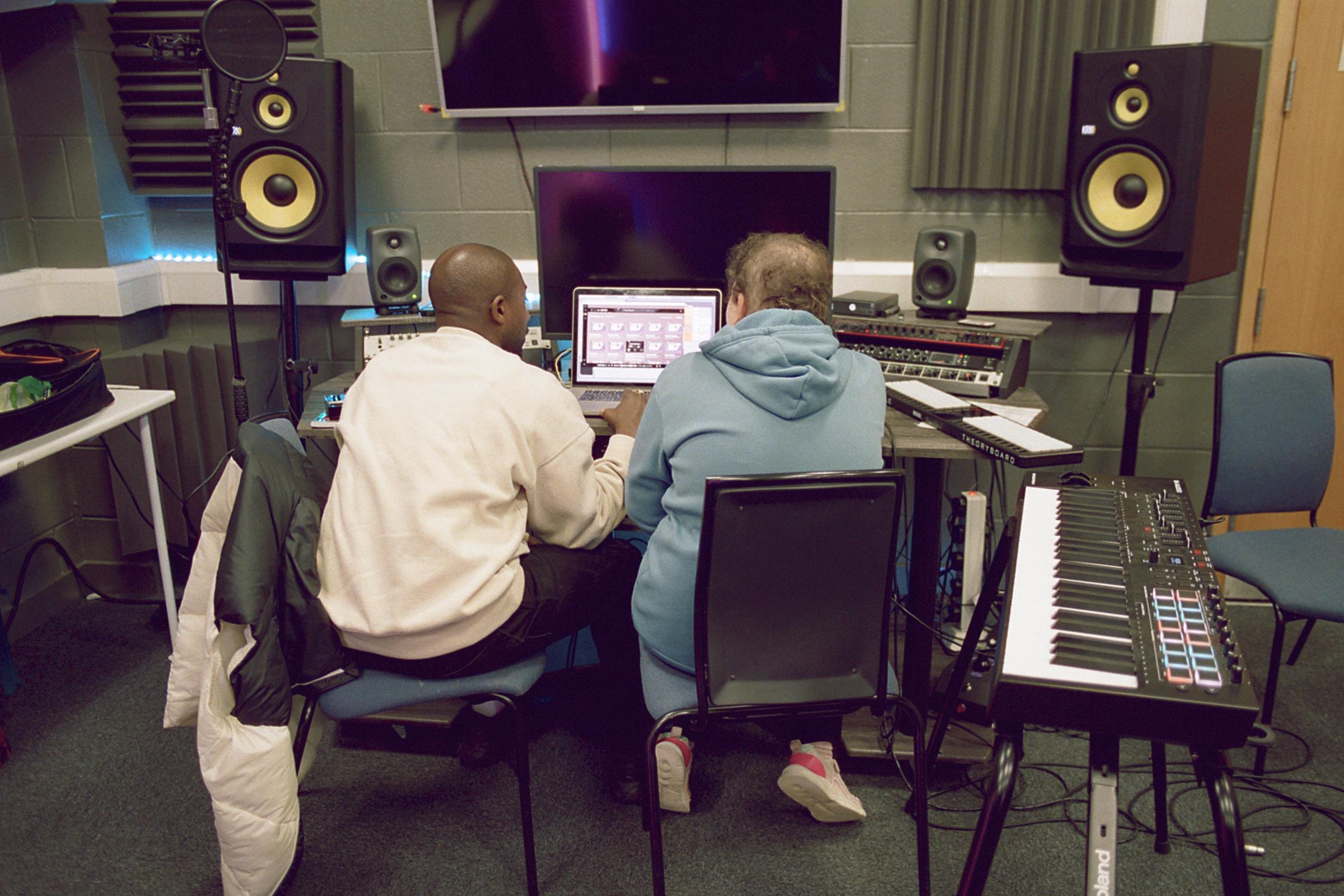Effects of the framing of wealth inequality: a literature review
A systematic review of peer-reviewed academic literature on the effects of the framing of wealth inequality on public understanding and engagement.
Introduction
This review of peer-reviewed academic research published since 2008, and selected campaign literature, answers 4 questions on the effects of framing on the public's understanding of, and engagement around, wealth inequality:
- How is the problem of wealth inequality communicated?
- What do we know about the effects of textual and visual frames on public perceptions of wealth inequality?
- How does the public understand wealth inequality?
- What are the barriers to wealth inequality gaining public and political salience?
Key characteristics, trends, intersections and relationships given salience by the academic literature and by campaigning organisations were identified. The review underpins the report Changing the narrative on wealth inequality.
This is a summary of what we found.
1. How the problem of wealth inequality is communicated
The review found communication about wealth inequality in the media to be ill-matched to the urgent need for informed public debate around:
- a side-lining of non-elite voices in media content on wealth inequality
- right and left-wing press tending towards reform rather than radical proposals for change
- an avoidance of content focusing on the role of the wealthy in determining the rules that protect their wealth
- where the very rich were the target of anti-elitist critique this was often when they were felt not to be playing by the same rules as everyone else.
2. The effects of textual and visual frames on public perceptions of wealth inequality
Frames were found to be powerful tools both at the level of perception, and opinion formation:
- They are influential in defining whether people understand wealth inequality as a legitimate form of inequality, and, relatedly, whether they feel it is something that requires remedy.
- Advantage frames (‘the rich have more than the poor’) were found to be disliked by members of privileged groups for seeming to make the problem of inequality ‘self-relevant’.
- Prevailing frames (for the economy and inequality) were acknowledged as making people feel fatalistic.
3. Public understanding of wealth inequality
Public understanding of the economy was found to be both thin and complex:
- People have an intuitive understanding that the economy is rigged, and that some people don’t play by the rules.
- People aspire to have wealth and understand its utility in terms of securing against risk and saving for a better future.
- There was strong (albeit qualified) support for wealth inequality with dislike of messaging that vilifies the rich.
- Acceptance of inequality is related to how people explain economic outcomes with internal (individual) explanations leading to higher tolerance for inequality and external (structural) factors leading to the reverse.
- It is easier to raise levels of concern about economic inequality than to convert this concern into commitment to act.
4. Barriers to wealth inequality gaining public and political salience
Barriers to wealth inequality gaining salience relate to public opinion, media agendas, and to the influence of political elites and institutions:
- System-justifying beliefs like meritocracy increase support for the economic status quo. They are particularly popular with privileged group members who dislike having to consider their positions in an inequitable system.
- The political economy of the media (concentration of ownership, agenda homogeneity, the influence of business, economic and political elites) constrains public debate.
- Economic elites have disproportionate influence on political decision-making.
- Institutions like the family and institutionalised beliefs (racism, sexism) safeguard and pattern wealth inequality.

This report is part of the narrative change topic.
Find out more about our work in this area.